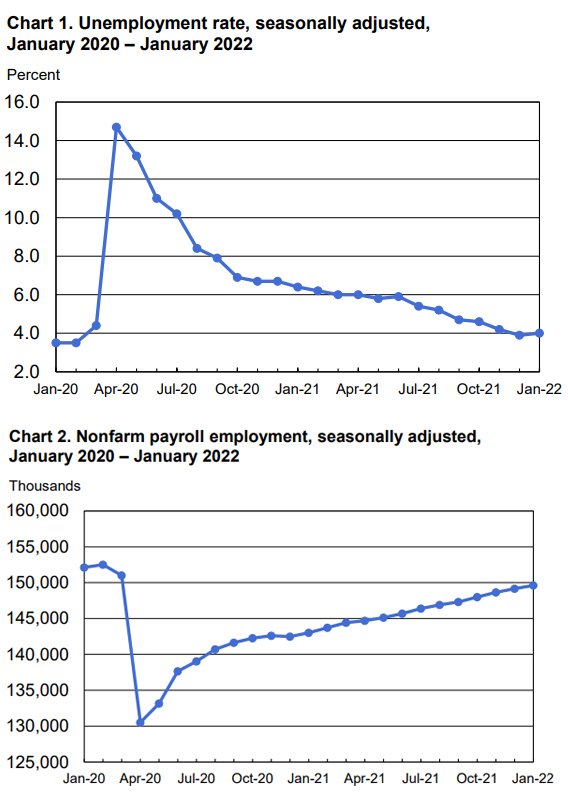'SHIFT Report (August) - Trending Topics in the World of Work_
/Our August issue of SHIFT predicts the end of abundance thinking; explores the benefits of investment in creative potential; defines the effective habits of successful leaders; and identifies eleven trends that will shape work in 2022 and beyond.
The End of Abundance Thinking
Among 2022 trends cited in a recent report from Accenture is a reflection on whether we will see an end to abundance thinking. The report suggests that the coming together of marketing, customer service and supply chain to protect and support brand reputation is urgently needed and that designing for the balance between affordability and sustainability could be the next big opportunity for brands to break new ground.
Jump to Article > >
Investing in Creative Potential
Creative organizations — those that generate new, useful and commercially successful products and ideas — become that way by embedding creative teams within a supportive social and physical context, according to research published by Deloitte. These supports include not just material resources such as funding and equipment, but also a culture that values new ideas, appropriate mechanisms for vetting and developing them, and methods and governance frameworks that allow teams to engage creatively with internal and external stakeholders. Without such supports in place, an organization risks its creative ideas dying on the vine.
Jump to Article > >
Most Effective Habits of Influential Leaders
Looking into the practices of successful leaders, CEO Magazine found that many have tailored their busy lifestyles to include habits that support their physical, emotional and mental wellbeing, from cycling to digital detox regimes. The article gives tips on how to implement these habits and also relates the personal approaches of people like Arianna Huffington, Oprah Winfrey, Warren Buffet, Bill Gates and Jeff Bezos among others.
Jump to Article > >
11 Trends that Will Shape Work in 2022 and Beyond
An article in the Harvard Business Review asserts that we've been living through the greatest workplace disruption in generations and the level of volatility will not slow down in 2022. It maintains that new Covid variants will continue to emerge and may cause workplaces to temporarily go remote again. Hybrid work will create more unevenness around where, when, and how much different employees are working. Many employees will be greeted with real wage cuts as annual compensation increases fall behind inflation. These realities will be layered on top of longer-term technological transformation, continued DE&I journeys, and ongoing political disruption and uncertainty.
Jump to Article > >
The Trevi Group | “Executive Search for Technology Professionals” | www.TheTreviGroup.com
#thetrevigroup
























































